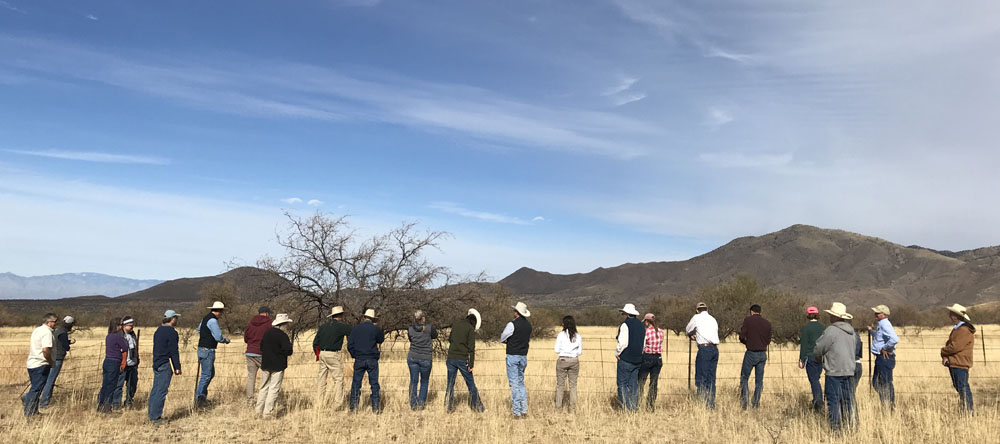Ecological Restoration
The time is now, to get those ecological restoration projects started. The United Nations has declared this decade (2021-2030) the Decade on Ecosystem Restoration. Rangelands restoration is a focus within this effort and a parallel effort, the International Year of Rangelands and Pastoralists (IYRP) in 2026 promotes awareness about global rangelands and all who depend on them. This decade offers the best chance to bring ecosystems into a more resilient condition to withstand the impacts of climate change as it progresses.
But what is ecological restoration? The Society for Ecological Restoration defines it as "the process of assisting the recovery of an ecosystem that has been degraded, damaged, or destroyed." It should be noted that ecological restoration is different from restoration ecology, which is the science that supports ecological restoration practices. Within ecological restoration there is a ‘restorative continuum’ as described by Gann et al. (2019). This 'continuum' is a series of increasingly complex actions from early management actions that reduce impacts to repairing ecosystem function with rehabilitation activities to the full recovery of native ecosystems using ecological theory. Ecological restoration recovers the full composition of native species as well as the ecological processes that sustain them. A continuum of actions is necessary quite often because some landscape conditions have changed so extensively that recovery can only be achieved by various restoration approaches that target ecological processes such as reconnecting the hydrologic regime, reducing erosion and increasing infiltration, or returning fire (Palmer et al., 2016).
There are a number of natural approaches to applying ecological restoration. One called 'natural regeneration' emphasizes allowing an area where damage was low to recover naturally. This is a very cost-effective approach and can be successful when plant species remain at the site or are nearby for regeneration, there is a remnant soil seed bank, and/or habitat that remains is suitable for wildlife. If the site was more so heavily damaged, natural regeneration could take a very long time. 'Assisted regeneration' may be the better approach in areas with moderate degradation and requires some active intervention to improve the site. These active techniques may involve soil amendments/remediation, creating habitat features for wildlife, invasive species control, and/or seedling or reintroduction of species into the site. The third approach is 'assisted reconstruction' for sites that have been heavily damaged and requires the removal or reversal of the source of degradation including the reintroduction of the wildlife and plant species, where the damage resulted in an unsuitable environment for getting back the native reference ecosystem without intervention. Often, it takes a combination of all three approaches and potentially a mosaic of all three across a site. In dryland areas, techniques like 'restoration islands' (e.g., concentrated plantings in strategic locations) may be beneficial to create sources for plants to establish and spread to meet restoration goals for a site (Hulvey et al. 2017).
From the local to the global level, ecological restoration also aims to improve human well being through restoring ecosystem service benefits as in food and water security. By restoring damaged and/or degraded lands, ecosystem function and productivity can be returned for people around the world that depend on these ecosystems for their health and livelihoods.

